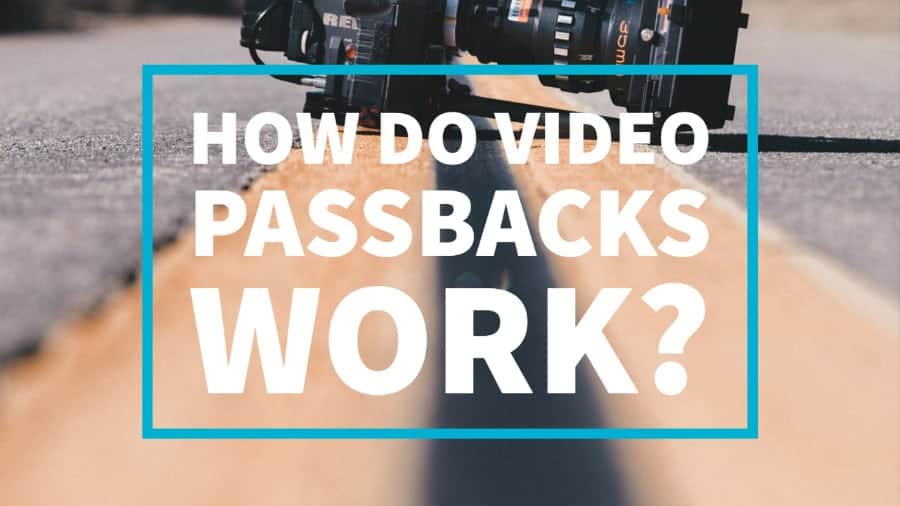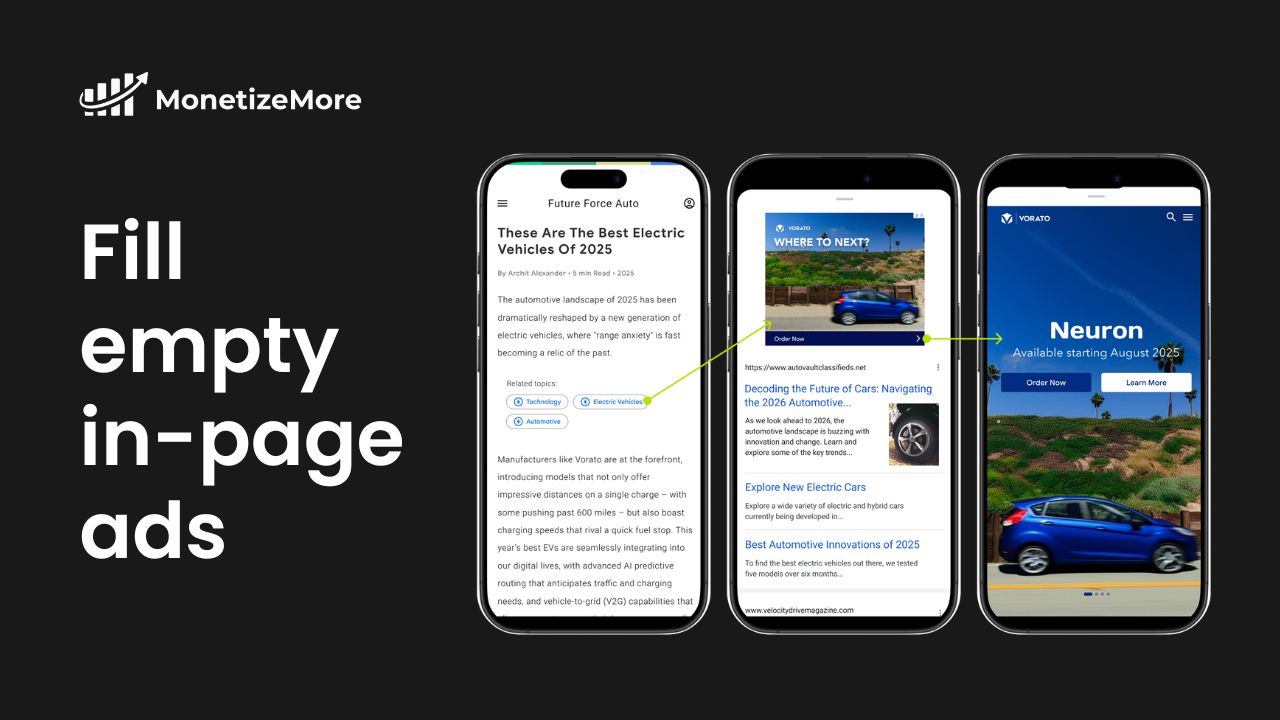
This post was most recently updated on November 6th, 2020
Unlike display advertising, video ad serving uses pass backs differently. For a display ad request to an ad server, only one winning ad is returned in the response.
And if there’s no ad available to be returned, a passback tag is returned (if it’s setup). With video pass backs, this functionality is accomplished using a fallback.
The main functionality of a fallback is to ensure that an impression does not go unfilled. Third-party ad networks and exchanges may have lower than 100% fill-rates.
Without a backup ad, you may lose out on the impression, if the ad network doesn’t fill the request. With a fallback, you have the opportunity to make another ad call instead of losing the impressions and serving no ad, without triggering another ad request.
Are you having issues setting up passbacks for your site through DFP? Our team of ad engineers can help you set up the strongest monetization strategy for your site and content types. Whether you’re looking for display, video or native monetization we’ve got you covered! Get in touch with us today for a free consultation.
Video fallback maximizes the probability that a video ad request converts to an impression. With a fallback, DFP will return multiple line items/ads in the VAST XML response for a single ad request, so that if one fails, the SDK can try the remaining ones.
The IMA SDK will walk through the list in order, trying all the returned ads sequentially, until an ad is successfully played/rendered.
For a fallback to work as intended, there must be more than one eligible line items with different priority numbers. DFP will only select one line item for a specific priority number.
For example, if there are 3 Standard 8 line items eligible to serve for a request, only one of them will be returned in the fallback.

Another approach of implementing fallback in the case of video ad serving is via asset level fallback. This scenario is similar to a display ad serving fallback where you’ll need to generate a video ad tag and provide it to the 3rd party demand partners.
If they don’t have any winning ad, they would need to return the shared video tag which the IMA SDK will trigger, and the request is fired to your DFP network. However, this approach has the following limitations:
Are you having issues setting up passbacks for your site through DFP? Our team of ad engineers can help you set up the strongest passback strategy for your site and content types. Whether you’re looking for display, video, or native monetization we’ve got you covered! Sign up with a trusted Google Certified Publisher Partner and take your ad revenue to the next level!



10X your ad revenue with our award-winning solutions.